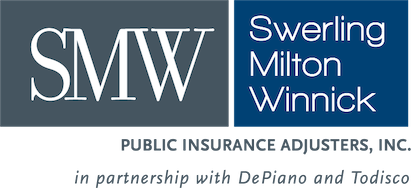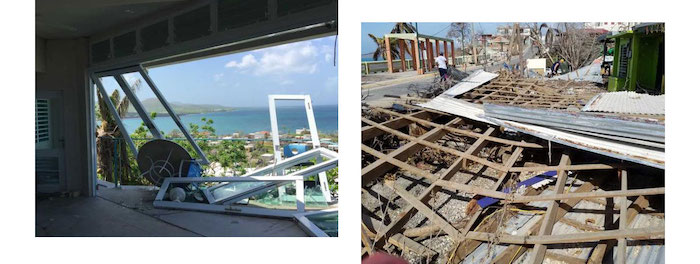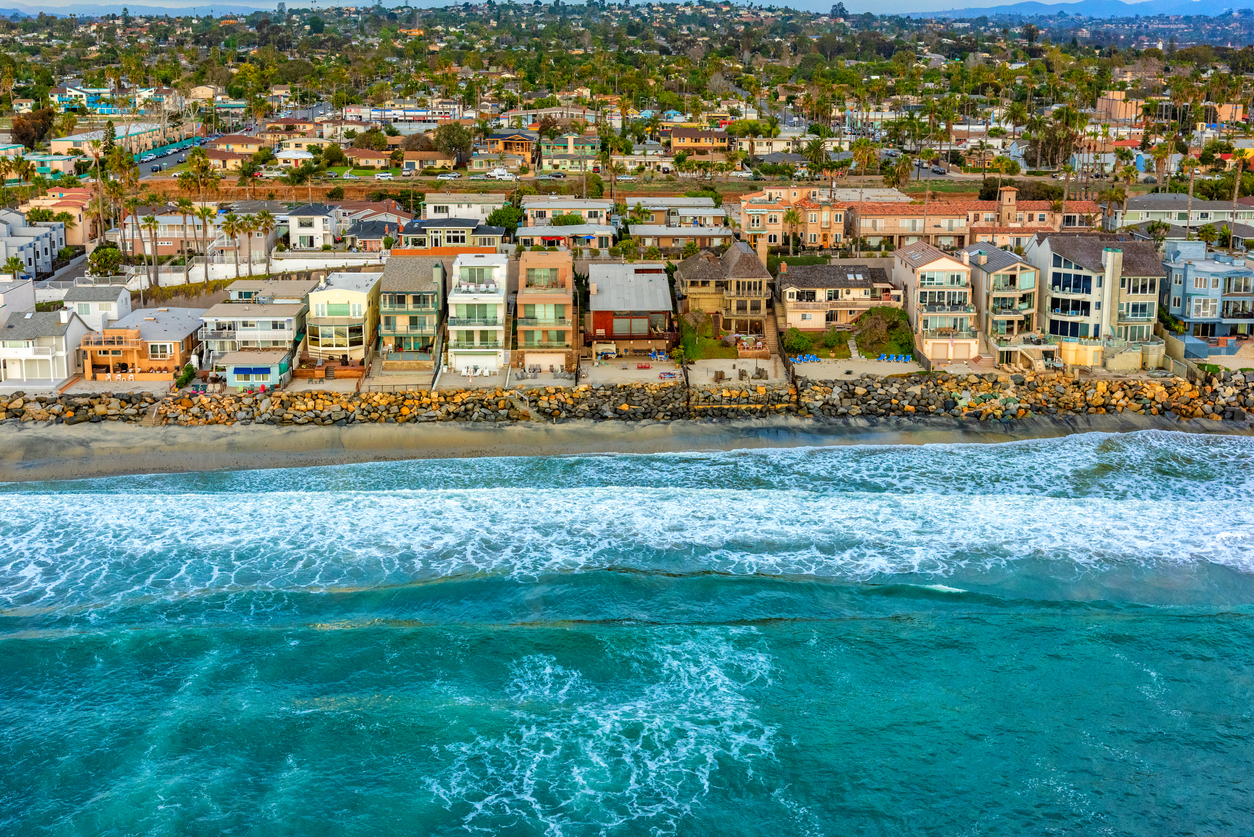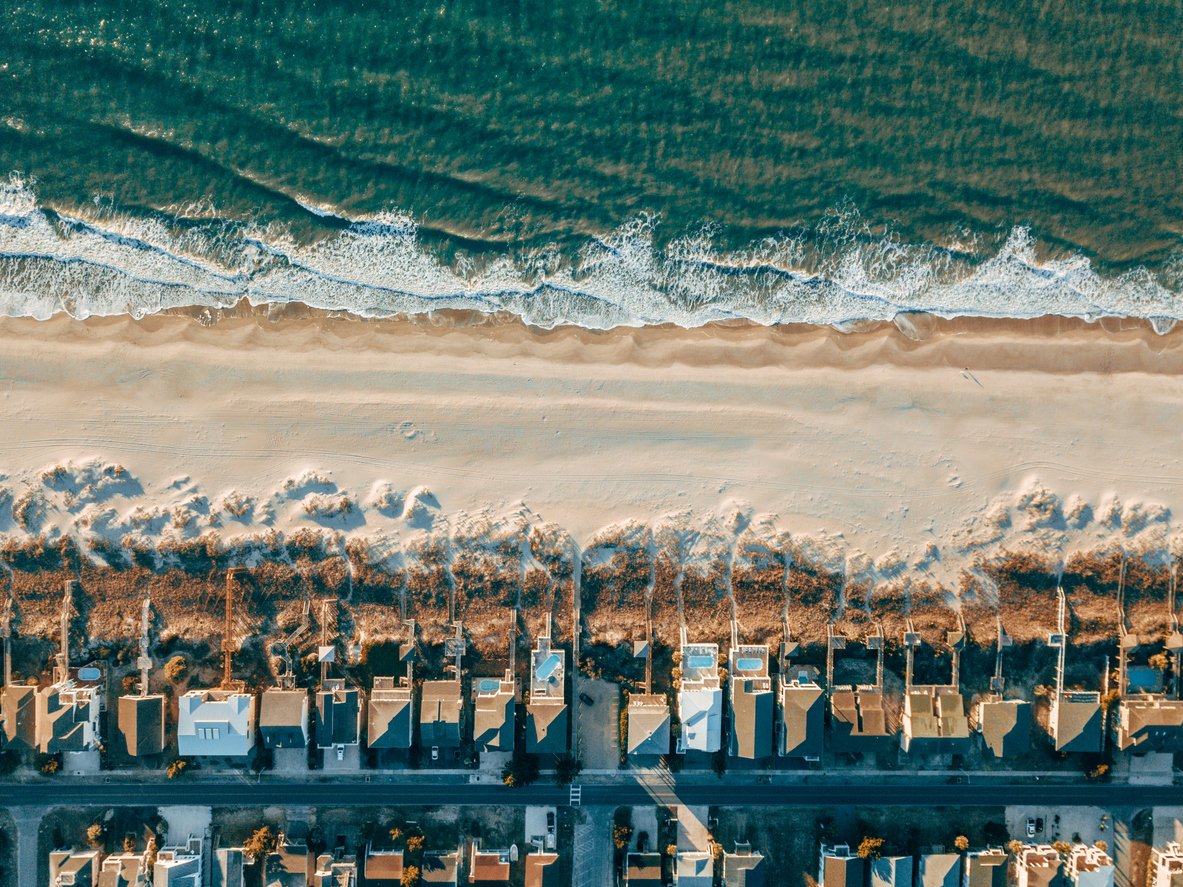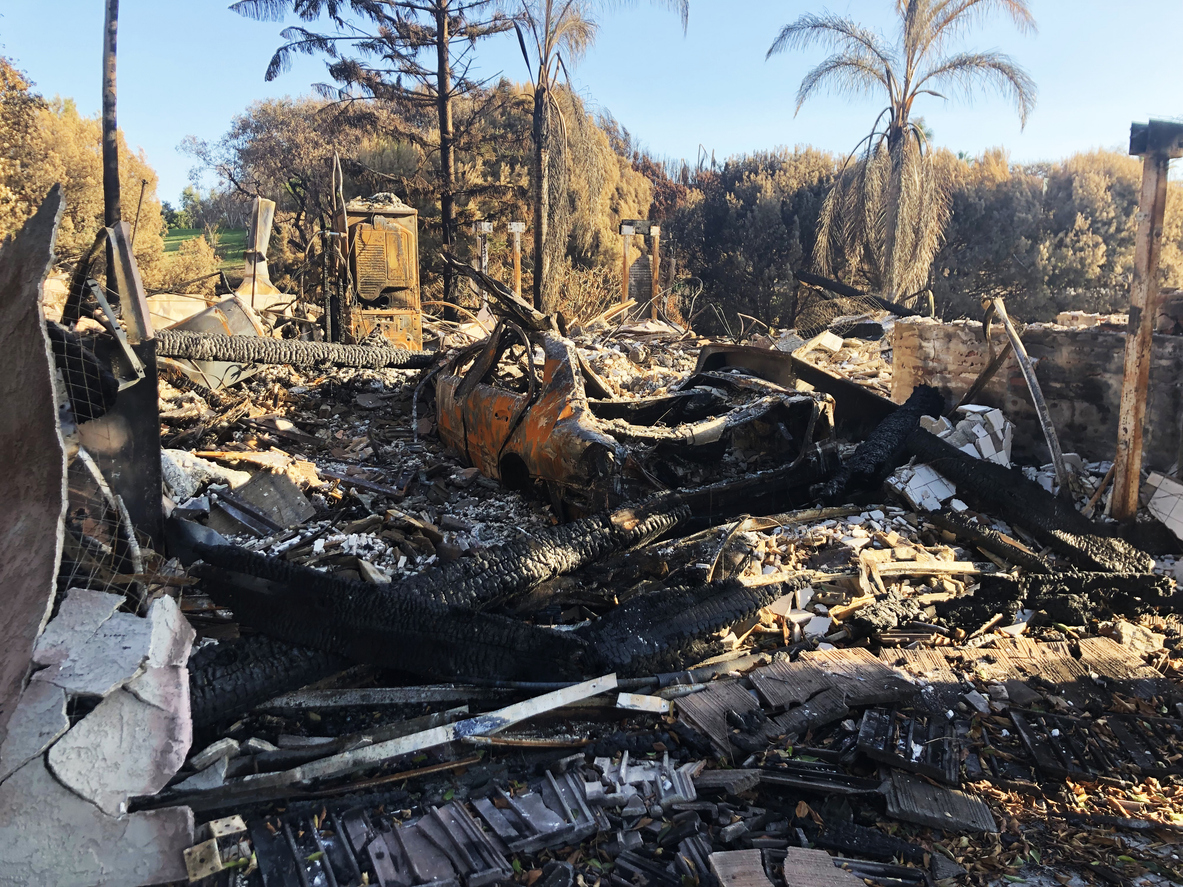This past year saw many catastrophic insurance events. Puerto Rico, Texas and the Dominican Republic were devastated by hurricanes. Californians saw their homes burned to the ground and their neighborhoods destroyed.
As homeowner representatives, when we see this type of devastation first-hand, we wonder whether our clients would be adequately insured should they suffer a catastrophic loss.
While it’s natural to think, “That won’t happen to me,” as public insurance adjusters, we do see losses in New England that are just as devastating as the California fires.
Taking a quick look at your homeowner’s policy can let you know if you are properly covered. In Massachusetts, as in most states, the Declarations page on your policy looks like this:
COVERAGE A – BUILDING
If your house (Building Coverage A) burned to the ground would the limit of coverage be enough to rebuild? Insurance is based on a “like kind and quality” replacement factor.
COVERAGE B – OTHER STRUCTURES
This includes structures on the “residence premises” set apart from the dwelling and connected to the dwelling by only a fence, utility line, or similar connection.
Examples: detached garage, tool shed, etc.
>> This coverage is typically 10% of the Coverage A limit.
COVERAGE C – PERSONAL PROPERTY
Personal Property owned or used by an “insured” while it is anywhere in the world.
>> This coverage is typically 50% of the Coverage A limit and 70% if endorsed with a replacement cost endorsement. You can increase this amount to a limit of your choice.
Keeping in mind that the average home contains 40,000 items of personal property, would your limit of liability be enough to replace everything from furniture and electronics to your favorite cashmere sweater or signed Patriots jersey?
It is the homeowner’s responsibility to put together a list of all personal property – after a total loss due to fire or hurricane, would you be able to remember what was in every room and prepare a detailed inventory? We suggest that you take photographs or videos and keep them stored offsite or in the cloud.
COVERAGE D – LOSS OF USE
“Loss of use” insurance covers any expenses that you incur while your residence is not fit to live in so that your household can maintain its normal standard of living.
>> This coverage is typically 20% of Coverage A.
Loss of Use coverage allows you to stay in a hotel, rent a house or rent a mobile home on your property. You may also have to rent furniture and incur additional mileage costs. Would your limit of coverage be enough? Renting furnished homes can come at a premium, and factoring in the claims adjustment time plus the repair period, you could be in this rental for one to two years. This coverage typically has a dollar limit but some insurers use a 12-month limit – which we strongly discourage.
While we hope that you never need to turn to your insurance coverage after a loss, as weather events become more frequent and severe, the insurance experts at Swerling Milton Winnick want to see you prepared – and we are always here to answer any questions you may have. Stay tuned for our next blog post discussing proper insurance for business owners.
ANY QUESTIONS OR COMMENTS, PLEASE FEEL FREE TO CONTACT SWERLING MILTON WINNICK AT 781-416-1000 OR EMAIL US AT DIANE@SWERLING.COM.
SIGN UP FOR OUR EMAIL UPDATES AND NEVER MISS A BEAT.
